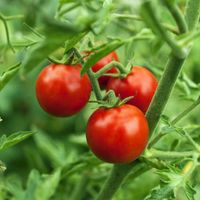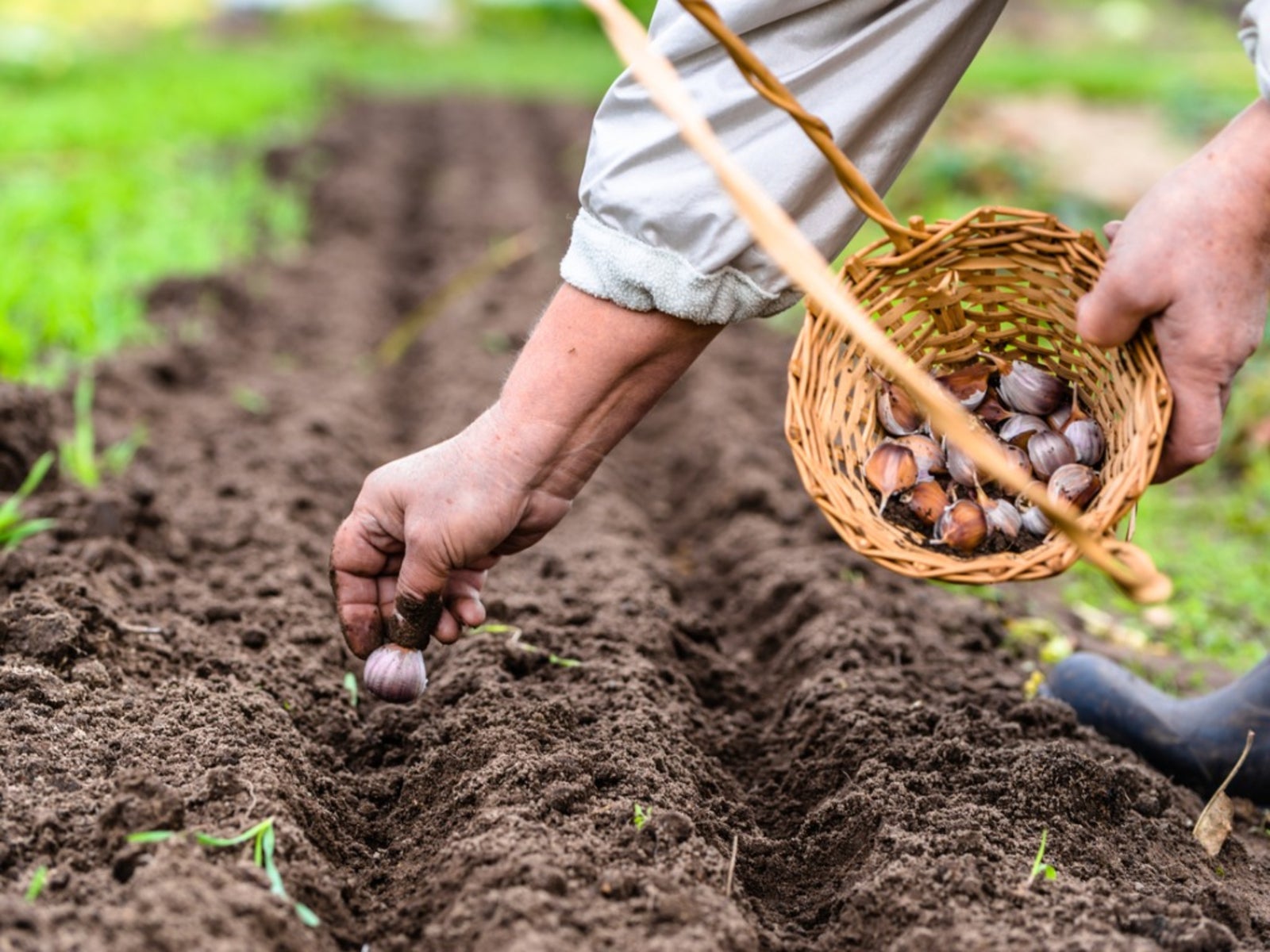Extending The Harvest With Fall Vegetable Gardening


Fall is my favorite time of year to garden. The skies are bright blue and cooler temperatures make working outside a pleasure. Let's find out why planting your fall garden can be a rewarding experience.
Extending the Harvest in a Fall Garden
Extending your growing season in the fall garden allows you to benefit from fresh vegetables longer and with more variety than you normally could. The fall garden includes most spring crops and many others that thrive in the cooler temperatures such as the following:
Learning how to extend the harvest season with cold frames and greenhouses makes this endeavor easier and is inexpensive. Rolls of clear plastic for mini-greenhouses are easy to obtain in any home improvement store.
How to Extend the Harvest Season
Fall vegetable gardening is easy with a few simple tips to keep in mind: Pay attention to frost dates-- When planting your fall garden, count back the days to maturity on the seed packet. Allow several plantings every two weeks with the last planting harvest ending about the end of November. Here in the Ozarks, we have enough growing season to plant at least two gardens. I plant the same items in the fall garden as I would in the spring, including tomatoes and squash-- two of my favorite vegetables. The usual frost date for us is about the end of October. I want my fall garden to end about the end of November and the beginning of December. I can only do this by protecting plants from cold, icy rains and frost. However, when the winter is mild, it's easy to do. When we have an early cold winter, the results are more challenging and require more inventive solutions. Take advantage of cold frames-- A cold frame is a wooden box built on top of the ground, fitted with an old glass window frame with glass intact on top. This frame allows you to grow seedlings and greens most of the year. Tipping the lid open lets the excessive heat out and keeps the heat in at night. In the spring a cold frame will allow you to grow seedlings to transplant directly into the garden. Build a greenhouse-- Mini-greenhouses for me are four by four squares with frames built over them and draped with plastic. The frame can be built out of wood or metal. It needs to be sturdy enough to hold up to wind and rain. I love to plant tomatoes that begin to harvest just about the time of our first frost. Covering the plants with plastic and keeping them warm at night will ensure that plants produce for many weeks. I do the same for squash and beans. Research best plants for your area-- Explore short season varieties that will grow well in your area. One way to find out is to call or visit your local extension service or nursery. They will know which varieties will grow best in short seasons. Read. Read. Read. Nursery catalogs are an addiction with me, as dozens of catalogs come to my door, tempting me with new varieties. Did you know that there are hundreds of tomato varieties? Over five hundred to be exact. They come in every color combination, texture, and purpose. There are hundreds of lettuces as well. To learn more about fall vegetable gardening, go to your local library or bookstore in your area and research plants and gardening. Join gardening clubs or take a Master Gardener's course at your local extensive service. All of these are ways to expand your gardening knowledge. The more you know, the more successful you will be in planting your fall garden.
Sign up for the Gardening Know How newsletter today and receive a free copy of our e-book "How to Grow Delicious Tomatoes".

Debbie Slack is a guest writer for Gardening Know How who specializes in urban gardening.